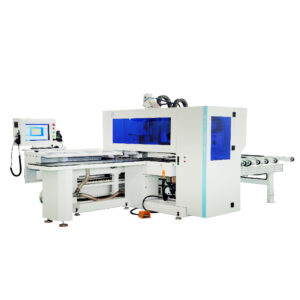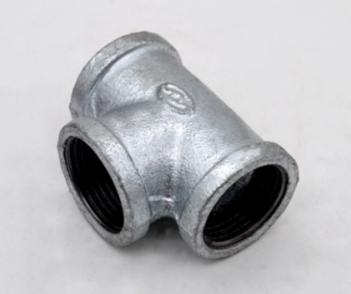How do woodworking drilling machinery operators ensure precision and accuracy in drilling for intricate designs or patterns?
Operators of woodworking drilling machinery employ several techniques to ensure precision and accuracy when drilling intricate designs or patterns:
- Proper Tool Selection: Choosing the right drill bit or tool for the specific design or pattern is crucial. Specialized bits like spiral bits, forstner bits, or brad point bits offer accuracy in different drilling tasks.
- Clamping and Fixturing: Securely clamping the workpiece in place with fixtures or jigs helps maintain stability during drilling, reducing movement and ensuring accuracy.
- Marking and Layout: Precisely marking the drilling points or layout on the workpiece using templates, rulers, or layout tools ensures accurate placement of holes.
- Pilot Holes or Test Drills: Making pilot holes or performing test drills on scrap material helps verify accuracy before drilling on the actual workpiece, ensuring the design or pattern is executed correctly.
- Controlled Feed Rate and Pressure: Controlling the feed rate and pressure on the drilling machinery while maintaining a steady hand helps prevent wandering or deviation from the intended drilling path.
- Depth Stop or Limiters: Utilizing depth stops or limiters on the drilling machinery ensures consistent drilling depths, crucial for intricate designs where depth accuracy is essential.
- Incremental Drilling: Gradually drilling in increments rather than attempting to drill the entire depth in a single pass allows for better control and precision, especially in delicate designs.
- Constant Monitoring and Adjustment: Continuously monitoring the drilling process and making necessary adjustments to speed, feed rate, or tool alignment ensures precision throughout the operation.
- Skilled Operator Technique: Developing skills in handling the machinery, controlling movement, and maintaining focus on the drilling path is essential for achieving precise results in intricate designs or patterns.
- Quality Control Checks: Regularly checking drilled holes against the design specifications ensures accuracy and identifies any deviations that need immediate correction.
By employing these techniques and practices, woodworking drilling machinery operators can achieve the necessary precision and accuracy required for intricate designs or patterns in woodworking projects, ensuring the final product meets desired specifications.
What are the common challenges faced in operating and maintaining woodworking drilling machinery?



